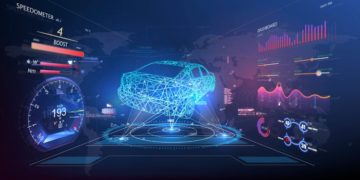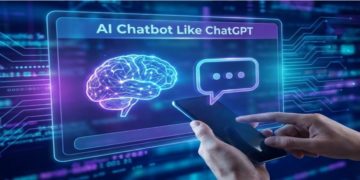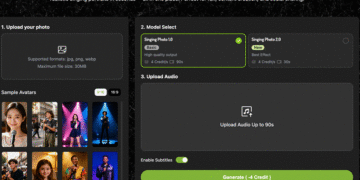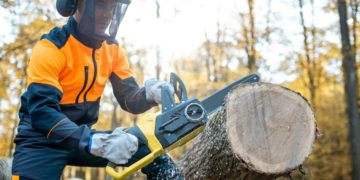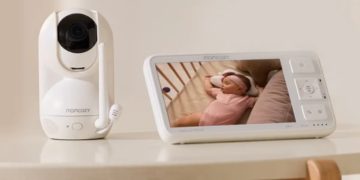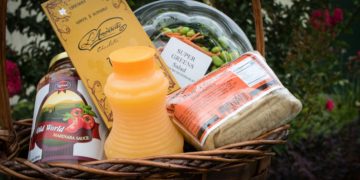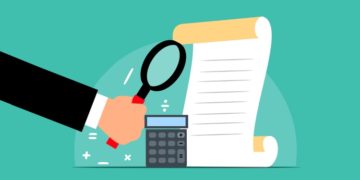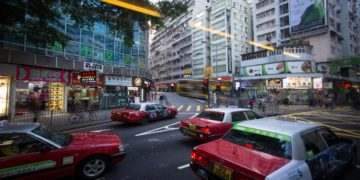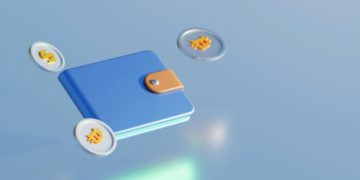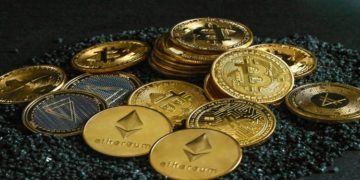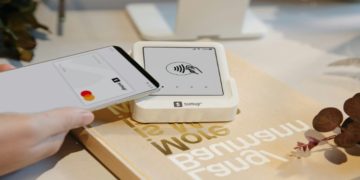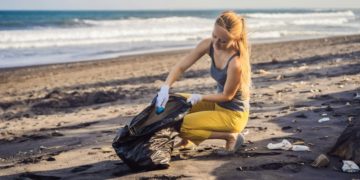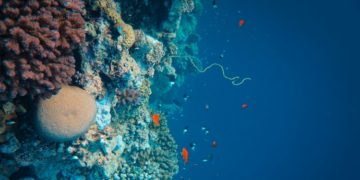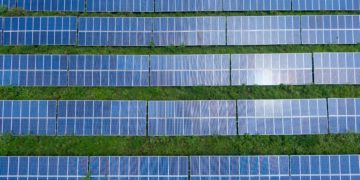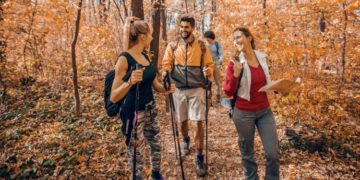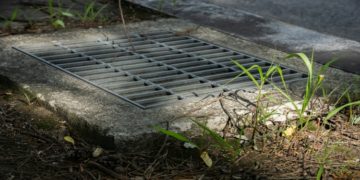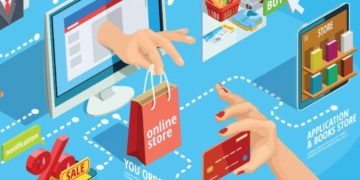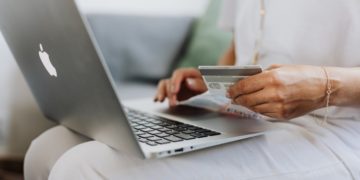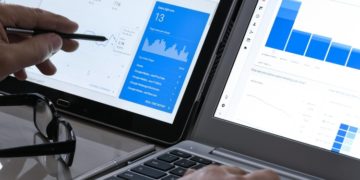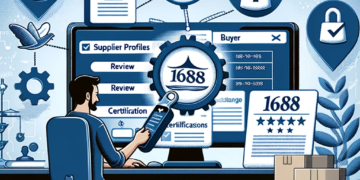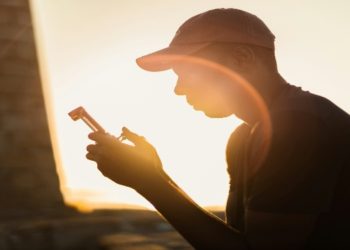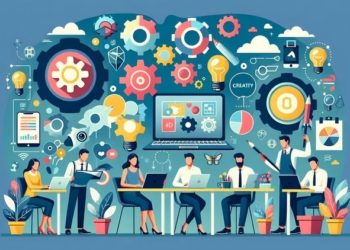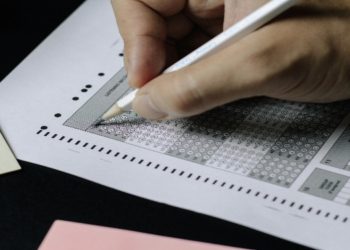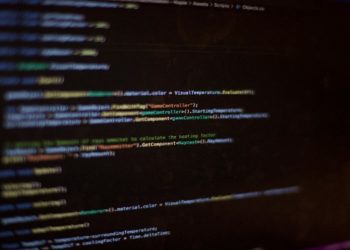In today’s rapidly evolving educational landscape, finding the right resources to support teaching and learning has never been more important. Whether you’re a parent guiding your child’s educational journey at home, a teacher looking to enhance your classroom materials, or an educational professional seeking innovative teaching tools, quality education resources are essential for fostering effective learning environments.
“Education is no longer confined to the classroom. With the right resources, learning can happen anywhere, at any time, transforming ordinary moments into extraordinary opportunities for growth and discovery,” says Michelle Connolly, founder of LearningMole.com and former teacher. “The key is finding resources that not only educate but also inspire curiosity and a genuine love for learning.”
This comprehensive guide explores the diverse world of education resources available today, offering insights into how to select, utilise, and maximise their potential to support meaningful educational experiences for learners of all ages.
Understanding Modern Educational Resources
Educational resources have dramatically evolved over the past decade, moving far beyond traditional textbooks and worksheets. Today’s resources encompass a vast array of formats, platforms, and approaches that cater to diverse learning styles, needs, and contexts.
Digital vs. Traditional Resources
Both digital and traditional resources have their place in modern education:
Digital Resources:
- Interactive learning platforms
- Educational apps and games
- Video tutorials and webinars
- Virtual reality (VR) and augmented reality (AR) experiences
- E-books and digital libraries
- Online courses and MOOCs (Massive Open Online Courses)
- Learning management systems (LMS)
Traditional Resources:
- Printed textbooks and workbooks
- Physical manipulatives and learning tools
- Printed flashcards and posters
- Hands-on activity kits
- Board games with educational content
- Field trips and real-world experiences
- Print magazines and journals
The most effective educational approach often combines both digital and traditional resources, leveraging the strengths of each to create rich, multisensory learning experiences. For instance, learning about language fundamentals can be enhanced through digital resources like this guide to consonants and vowels, supplemented with hands-on phonics activities.
Curriculum-Aligned vs. Supplementary Resources
When selecting educational resources, it’s important to consider their relationship to formal curriculum:
Curriculum-Aligned Resources:
- Directly support specific curriculum objectives
- Follow national or state educational standards
- May be organised by grade level or subject
- Often include assessment components
- Typically used in formal educational settings
Supplementary Resources:
- Extend and enrich curriculum content
- Provide additional practice or exploration
- Allow for personalised learning paths
- Often focus on specific topics in greater depth
- Can be used for enrichment or remediation
Supplementary resources, like these fascinating facts about rational numbers, can spark interest in mathematical concepts beyond the standard curriculum, encouraging deeper engagement with the subject.
Essential Education Resources for Different Learning Areas
Language and Literacy Resources
Language acquisition forms the foundation of all learning, making high-quality literacy resources critical for educational success. Effective language resources should support:
- Phonological awareness
- Vocabulary development
- Reading comprehension
- Writing skills
- Grammar and syntax understanding
- Communication skills
- Cultural and linguistic diversity
Resources like guides to the proper use of articles “a” and “an” provide clear explanations of fundamental grammar concepts that support early literacy development. For those exploring multiple languages, resources such as this Hindi alphabet pronunciation guide or an introduction to the Arabic alphabet can support language diversity and multicultural understanding.
STEM (Science, Technology, Engineering, and Mathematics) Resources
STEM education continues to grow in importance, preparing learners for future careers and developing critical thinking skills. Quality STEM resources should offer:
- Hands-on experiments and investigations
- Real-world problem-solving opportunities
- Coding and computational thinking activities
- Mathematical concept explorations
- Engineering design challenges
- Scientific inquiry processes
- Cross-disciplinary connections
Resources like this exploration of the human body can make complex scientific concepts accessible to young learners, stimulating curiosity about anatomy and physiology in an age-appropriate way.
Social-Emotional Learning (SEL) Resources
Increasingly recognised as crucial for holistic development, SEL resources support:
- Emotional awareness and regulation
- Relationship skills
- Responsible decision-making
- Self-awareness and self-management
- Social awareness and empathy
- Resilience and growth mindset
- Conflict resolution strategies
Creative Arts and Humanities Resources
Nurturing creativity and cultural understanding, these resources encourage:
- Artistic expression and appreciation
- Historical context and understanding
- Cultural awareness and diversity
- Critical thinking about human experiences
- Creative problem-solving
- Aesthetic sensibility
- Interdisciplinary connections
Selecting Quality Education Resources
With countless options available, evaluating and selecting the most appropriate resources can be challenging. Consider these key factors:
Educational Value and Alignment
- Does the resource address specific learning objectives?
- Is it aligned with relevant curriculum standards?
- Does it provide accurate and current information?
- Is the content developmentally appropriate?
- Does it allow for differentiation and personalisation?
Engagement and Usability
- Is the resource engaging and motivating for learners?
- Does it promote active learning rather than passive consumption?
- Is it user-friendly and intuitive to navigate?
- Does it accommodate different learning styles and needs?
- Can it be easily integrated into existing learning environments?
Quality and Reliability
- Is the resource created by reputable educational experts?
- Has it been tested or reviewed by educators?
- Is it free from errors, biases, and stereotypes?
- Does it receive regular updates and improvements?
- Is adequate support available for implementation?
Michelle Connolly advises, “When evaluating resources, look beyond flashy appearances. The most effective educational materials are those that engage children intellectually, spark genuine curiosity, and provide opportunities for them to construct their own understanding through exploration and discovery.”
Maximising the Impact of Educational Resources
Simply having access to quality resources isn’t enough. To maximise their impact:
Intentional Integration
Rather than treating resources as isolated components, integrate them thoughtfully into broader learning experiences:
- Connect resources to specific learning goals and outcomes
- Use resources to bridge school and home learning
- Combine resources to create comprehensive learning pathways
- Link resources to authentic, real-world contexts and applications
- Use resources to differentiate instruction for diverse learners
Active Engagement
Transform passive resource use into active learning experiences:
- Encourage learners to interact critically with resource content
- Promote discussion and questioning around resource materials
- Extend resource content through creative projects and activities
- Use resources as starting points for independent inquiry
- Foster collaborative learning through shared resource exploration
Reflective Practice
Continuously evaluate and refine resource use:
- Gather feedback from learners about resource effectiveness
- Monitor learning outcomes associated with specific resources
- Adapt resources to better meet emerging needs and interests
- Share insights about effective resource use with colleagues
- Stay informed about new and innovative educational materials
Specialised Resources for Diverse Learning Needs
Resources for Neurodiversity and Learning Differences
Inclusive education requires resources that support diverse learning profiles:
- Multisensory materials for dyslexia support
- Visual scheduling tools for autism spectrum support
- Focus aids for attention deficit disorders
- Audio resources for auditory learners
- Motor skill development materials
- Adaptive technology for various learning differences
- Strength-based approaches that celebrate neurodiversity
Resources for English Language Learners (ELL)
Supporting linguistic diversity requires specialised materials:
- Bilingual books and vocabulary resources
- Visual supports and picture dictionaries
- Cultural inclusion materials
- Language acquisition software and tools
- Sheltered content resources
- Dual language educational materials
- Cultural competency resources for educators
Resources for Gifted and Advanced Learners
Challenging high-ability learners requires depth and complexity:
- Advanced project-based learning materials
- Higher-order thinking skill development resources
- Independent study and research guides
- Complex problem-solving challenges
- Mentorship and expert connection opportunities
- Accelerated curriculum materials
- Interdisciplinary exploration resources
The Future of Educational Resources
As education continues to evolve, several trends are shaping the future of learning resources:
Personalisation and Adaptive Learning
Increasingly sophisticated technology is enabling truly personalised learning experiences:
- AI-driven adaptive learning platforms
- Resources that adjust to individual learning paces
- Custom learning pathways based on interests and strengths
- Real-time feedback and adjustment
- Personalised assessment and progress monitoring
Immersive and Experiential Learning
Going beyond traditional formats to create deeper engagement:
- Virtual reality (VR) educational experiences
- Augmented reality (AR) learning tools
- Gamified learning environments
- Simulation-based education
- Place-based and community-connected resources
Collaborative and Connected Resources
Moving beyond isolated learning to foster connection:
- Global classroom collaboration tools
- Shared creation platforms
- Peer teaching and learning resources
- Community problem-solving initiatives
- Expert connection and mentorship platforms
Michelle Connolly reflects, “The most exciting development I’ve witnessed is how technology is enabling genuine collaboration between learners across geographical boundaries. Children in different countries can now work together on projects, share perspectives, and develop global citizenship skills that were simply impossible before. Yet, the technology itself isn’t the focus—it’s the human connections and shared discovery that matter most.”
Building a Balanced Educational Resource Library
Whether you’re a parent creating a home learning environment or a teacher equipping a classroom, building a comprehensive resource library involves thoughtful curation:
Core Foundations
Start with high-quality resources that address fundamental skills:
- Essential literacy materials for reading and writing development
- Foundational mathematics resources for numerical understanding
- Primary reference materials appropriate to age/level
- Core science investigation tools and resources
- Fundamental creative expression materials
Expansion and Enrichment
Build outward with materials that extend learning:
- Special interest exploration resources
- Cross-curricular connection materials
- Cultural diversity and global perspective resources
- Critical thinking and problem-solving challenges
- Creative project materials and maker space resources
Accessibility and Inclusion
Ensure resources accommodate all learners:
- Multiple formats for different learning preferences
- Diverse representation in materials
- Adaptive and modified resource options
- Multilingual resources when appropriate
- Resources at various levels of complexity
Conclusion
In today’s information-rich world, the challenge isn’t finding educational resources—it’s finding the right ones and using them effectively. Quality resources, thoughtfully selected and intentionally implemented, can transform learning experiences, making education more engaging, accessible, and impactful for all learners.
As Michelle Connolly wisely notes, “The best educational resources don’t replace the human element in learning—they enhance it. They create spaces where teachers can guide more effectively, where parents can connect more meaningfully with their children’s education, and where learners can discover their own capabilities and passions. At the end of the day, resources are tools in service of the real goal: nurturing curious, capable, and compassionate human beings who love learning for its own sake.”
By approaching educational resources with intentionality, creativity, and a commitment to meeting diverse learning needs, parents and educators can create rich learning environments that prepare children not just for academic success, but for lifelong learning and flourishing.

